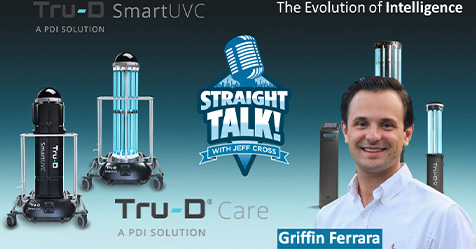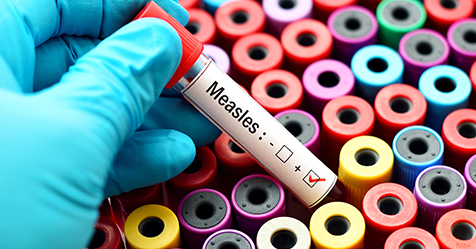COVID-19 Update: Beware of Fake Respirators
April 22, 2020
Frontline workers depend on respirators to keep them safe from the coronavirus and other pathogens. The U.S. Centers for Disease Control and Prevention (CDC) has issued an alert warning workers of counterfeit respirators on the market which are being falsely marketing and sold as approved by the National Institute for Occupational Safety and Health (NIOSH).
Signs that a respirator might be counterfeit include:
- No markings on the filtering facepiece respirator (FFR)
- No approval number on the FFR or headband
- No NIOSH markings
- NIOSH spelled incorrectly
- Presence of decorative fabric or other decorative add-ons (e.g., sequins)
- Claims the respirator is approved for children (NIOSH does not approve any type of respiratory protection for children.)
- Filtering facepiece respirators with ear loops instead of headbands.
To assure you are not purchasing counterfeit respirators, look for a NIOSH-approved label on the packaging or on the users’ instructions. Additionally, an abbreviated approval is affixed to the FFR itself. NIOSH-approved FFRs will always have one of the following designations: N95, N99, N100, R95, R99, R100, P95, P99 or P100.


